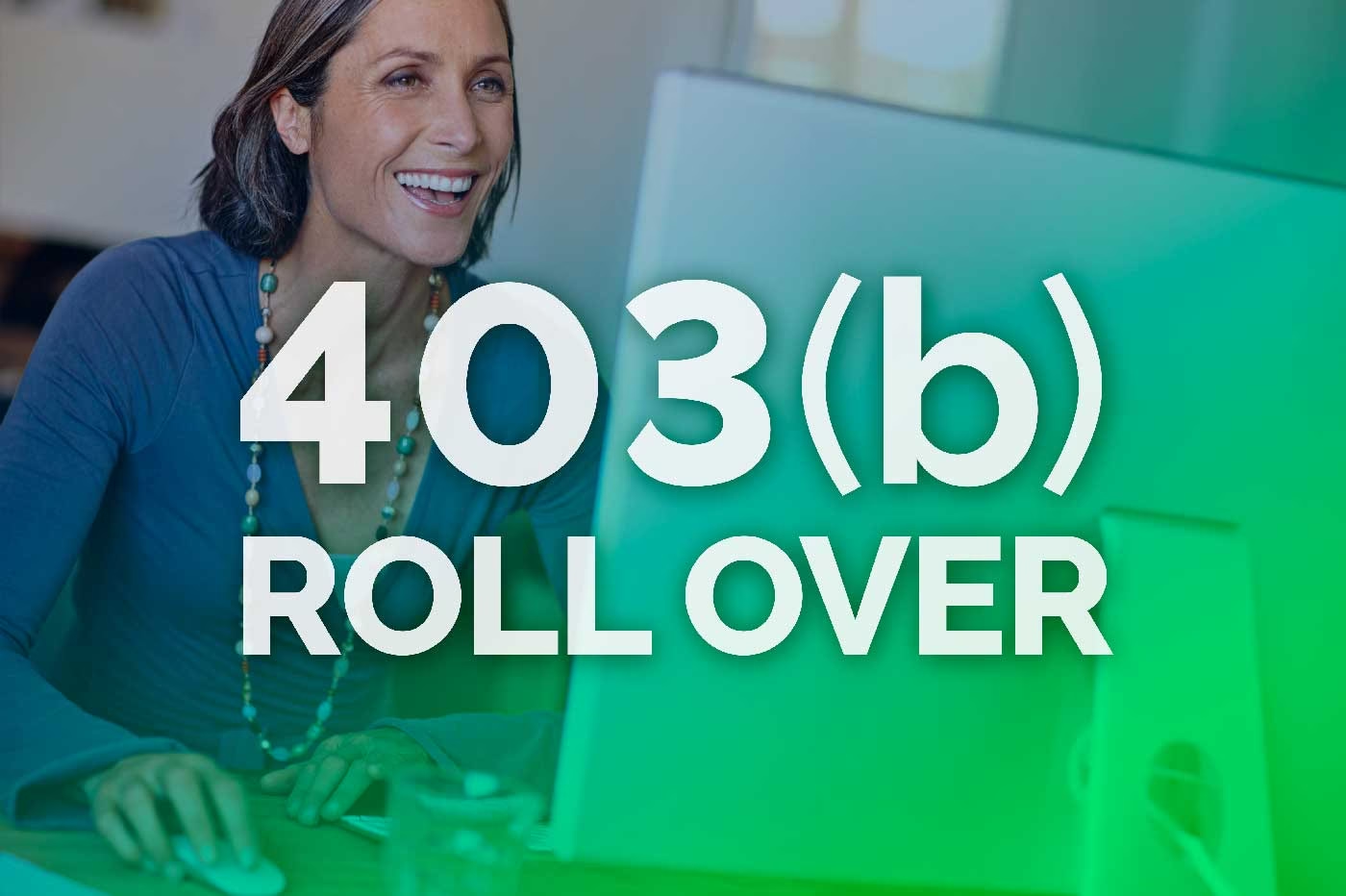In yesterday’s blog, we discussed why cashing out a 403(b) account is generally not a great idea. Today, we’ll focus on the smarter path—rolling it over. Done correctly, a rollover can help you avoid taxes and penalties while keeping your retirement money growing.
Table of Contents
Why a 403(b) Rollover Matters
When you leave a job, you often have choices about what to do with your 403(b). Cashing out is tempting but costly. A rollover, on the other hand, keeps your savings working for you without unnecessary taxes or penalties. Today we’ll explore what a rollover is, your options, how to do it right, and the mistakes to avoid.
What Is a 403(b) Rollover?
A 403(b) rollover is the process of moving your retirement funds from your old employer’s plan into another tax-advantaged account—like an IRA or a new employer’s plan—without triggering taxes or penalties. Most people consider a rollover when they:
- Change jobs
- Retire
- Consolidate multiple accounts for easier management
Experts often recommend rollovers because they give you more control, more investment options, and can simplify your financial life.
Your Rollover Options
Leave Money in the Old Plan
Pros: Simple, no immediate action required. Cons: Limited investment choices, possible higher fees, and less flexibility.
Roll Over to an IRA
Benefits:
- More investment choices
- Often lower fees
- Full control of your account
Roll Over to a New Employer’s Plan
Benefits:
- Consolidates accounts for easier tracking
- Keeps all savings under one plan if allowed by your new employer
Cash Out
(and Why It’s Usually a Bad Idea)
Cashing out can lead to heavy taxes, penalties, and lost growth. If you’re considering this, read our previous article before possibly making a costly mistake.
How to Roll Over a 403(b) the Right Way
Direct vs. Indirect Rollover
- Direct Rollover: Funds go directly from your old plan to your new account. No taxes, no penalties.
- Indirect Rollover: A check is issued and you have 60 days to deposit it into another account. Miss the deadline, and it becomes a taxable distribution—with penalties if you’re under 59½.
Steps for a Direct Rollover
- Contact your old plan administrator and request a direct rollover.
- Open an IRA or confirm your new employer’s plan accepts rollovers.
- Complete the necessary paperwork and verify funds transfer directly between institutions.
Timing matters. Missing deadlines or mishandling the process can cost you thousands in taxes and penalties.
Common Mistakes to Avoid
- Having the check made out to you instead of the new plan
- Missing the 60-day redeposit window for indirect rollovers
- Forgetting required minimum distributions if you’re 73 or older
Benefits of Getting It Right
- Keeps your retirement savings growing tax-deferred
- Simplifies your financial life by consolidating accounts
- Gives access to better investment options and possibly lower fees
Why Professional Help Can Save You Money
Rollovers sound simple, but the details matter. A financial advisor can:
- Help you avoid tax traps with their understanding of complex IRS rules that helps you prevent costly mistakes.
- Guide you in selecting the right account for your goals, identifying investment options, and minimizing unnecessary fees.
- Ensure your rollover aligns with your overall retirement plan, so your decisions support long-term financial security and complement other savings strategies.
If you decide to hire a professional, make sure they are a fee-only fiduciary who is legally obligated to put your interests first. This ensures transparency and helps you avoid hidden commissions or conflicts of interest.
Final Thoughts and Call to Action
A 403(b) rollover can be a smart move—but only if done correctly. Before you act, explore your options and consider getting expert guidance.
Need help planning your rollover? Let’s talk.
Email me directly at chip@addishill.com


